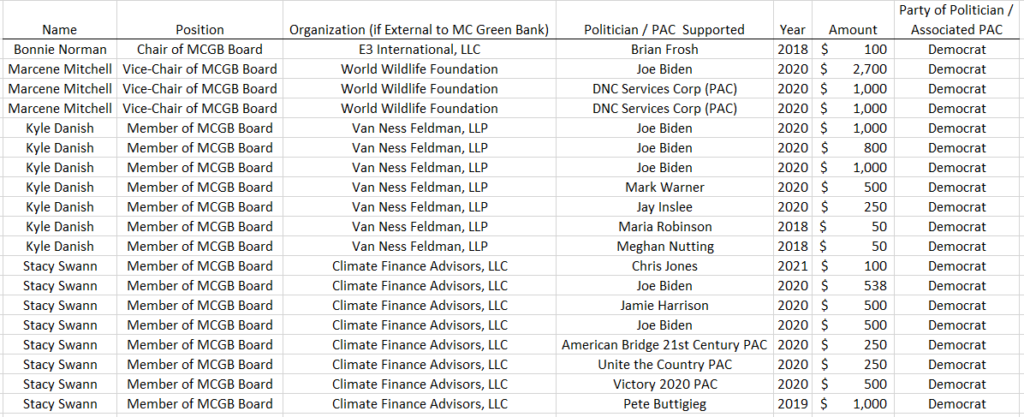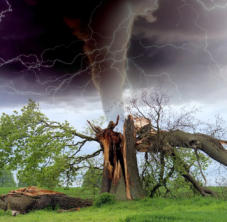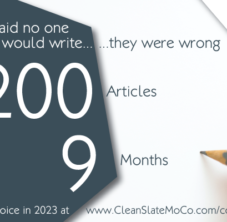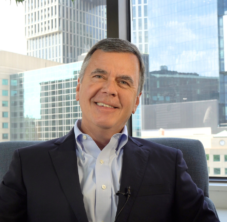This is part one of an investigative series taking a closer look at the Montgomery County Green Bank, a government institution/financing arm with many interesting connections to politics and politicians.
Is it public? Is it “sorta” private? Is it a not-for-profit organization? A corporation? Such questions should continue to surround the Montgomery County “Green Bank”, which has a tagline of “Your partner for clean energy”.
Here is how the MoCo Green Bank officially describes itself, on the way bottom-left of its website, found after some scrolling:
The Montgomery County Green Bank is a publicly-chartered 501(c)3 nonprofit corporation dedicated to accelerating affordable energy efficiency and clean energy investment in Montgomery County, MD.
So the MoCo Green Bank tries to thread the needle of being quasi-government, quasi-private, and wholly a non-profit ‘corporation’ with a singular focus.
However, per Montgomery County’s own County Council “Government Operations and Fiscal Policy (GO) Committee, Transportation and Environment (T&E) Committee” documents, the MoCo Green Bank is essentially government-directed and completely hemmed-in by mandated spending and County Council priorities (page 4):
The County Code restricts the use of portions of the County’s annual funding to the organization – 1) 20% of the annual funding must be used to support MCGB’s activities in Equity Emphasis Areas; and 2) 15% of the funds must be used to reduce the cost of energy projects undertaken by property owners. MCGB and Finance note that this element is still under discussion as the parties finalize an agreement.
Council staff understands that there are generally two elements that are still under discussion by the parties to document and verify the funding stipulations in the County Code. The first item is how to align “use” in the County Code with the MCGB’s major categories of use. Some of MCGB’s categories will be easier to determine if/how the County Code requirement is met (e.g., a closed project). The second item is time horizon. The County Code stipulates these percentages based on the annual funding, but MCGB’s portfolio management is multiyear.
If the reference to “Equity Emphasis Areas” rings a bell for our readers, it should. See our prior reporting about this technocratic top-down central planning idea pushed by Councilmember Evan Glass and others in the DC region.
As we can see from above, the MoCo Green Bank isn’t some kind of “independent” private actor with free reign that was just initially seeded with $18 million in local government capital (aka the taxpayer’s money) back in 2016. No, this is a public “non-profit” corporation (one of many in MoCo, as CleanSlateMoCo is continually uncovering) that gets the bulk of its funding from us, the taxpayers and the private businesses of Montgomery County – and then the Green Bank in turn finances projects whether you agree with such ideas or not.
Such projects could be influenced by local government data or by local politicians or some combination of both. Either way – this isn’t a free or even fair market at work. This isn’t a traditional bank focused on meeting the needs of consumers or a small business who wants to save on overhead or get financial advice – this appears to be a connected entity that is directed by politics, not necessarily the people.
“The county’s green bank got a major boost earlier this year when the county council passed a law dedicating 10% of the county’s annual energy tax revenues to the bank, a percentage that amounts to almost $20 million a year.” wrote Josh Kurtz for MarylandMatters.org in May of last year (2022).
This ‘annual energy tax’ revenue mentioned is coming from “every person transmitting, distributing, manufacturing, producing, or supplying electricity, gas, steam, coal, fuel oil, or liquefied petroleum gas in the County.” per council “staff reports”. Basically, every person and business is paying this annual ‘energy tax’ for the mere privilege of existing and trying to prosper in MoCo. So even if you have solar panels and “supply” electricity back to the grid, you’re on the hook for some tax and then some of this tax gets washed back to the MoCo Green Bank.
We took a look at the MoCo Green Bank’s Board, and this is some of what was reconciled to recent (as in last five years or less) public donations to local, and indeed national, politicians and political PACs.
Sensing a pattern?
More to come on MC Green Bank in part two.






